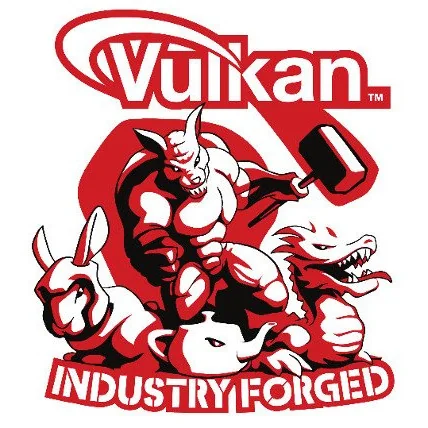Raspberry Pi's V3DV Vulkan Driver Can Now Run The Zink OpenGL Translation Layer

The excitement last month was V3DV being merged for Mesa 20.3 while the latest V3DV news is the Zink Gallium3D code is now running on it. Igalia engineers implemented a few optional Vulkan extensions for their driver that were missing but needed by Zink: logic operatons, alpha-to-one, and VK_KHR_maintenance1. With those bits in place and other tweaking, Zink is working with V3DV.
Zink on V3DV allows for OpenGL 2.1 support to be exposed, which is the maximum desktop OpenGL version supported by the Raspberry Pi hardware. On the Raspberry Pi 4 hardware, using a Quake III Vulkan build with V3DV yields around 148 FPS, the OpenGL version of Quake III runs at around 104 FPS, and running that OpenGL version on top of Zink yields around 40 FPS.
There is a very noticeable hit to the performance when using Zink and the Raspberry Pi 4 already has a mature OpenGL Gallium3D driver, but this effort has proven useful for testing purposes by those working on V3DV. They intend to use Zink moving forward for helping to stress their Vulkan driver. The Zink performance should also improve with time given that Mesa 20.3-devel is still lacking many recent Zink optimizations that haven't yet been reviewed and merged.
In any case, more details regarding Zink on V3DV can be found via the Igalia blog.
34 Comments

